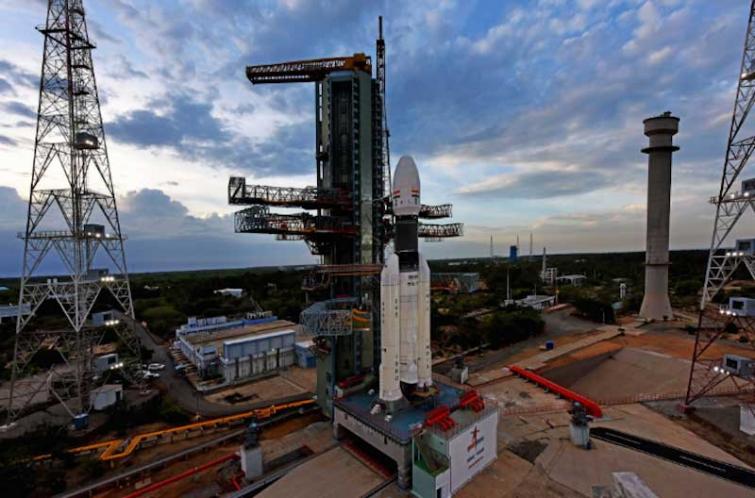 ISRO
ISRO
ISRO will usher in new year with mission to study cosmic X-rays on Jan 1
Chennai/IBNS/UNI: After a highly productive 2023, with the successful launch of the third Lunar Mission Chandrayaan-3 and the first Sun exploratory Aditya-L1, a buoyant Indian Space Research Organisation (ISRO) will usher in 2024 with the launch of PSLV-C58/X-ray Polarimeter Satellite (XPoSat) mission on Jan 1 from the spaceport of Sriharikota.
The New Year's Day mission will take place from the first launch pad at 9:10 AM, ISRO sources said on Thursday.
This mission aims to investigate the polarization of cosmic X-rays.
This X-ray Polarimeter Satellite (XPoSat) mission comes in the backdrop of the success of the Chandrayaan-3 mission, when the spacecraft landed in the Moon's south polar region, and the successful launch of the first solar observation mission Aditya L1 this year with the spacecraft all set to reach the L1 point on Jan 6 to explore the outer atmosphere of the sun.
This Xpost satellite is designed to remain operational for a minimum of five years and will be used to observe pulsars, X-ray binaries involving black holes, active galactic nuclei, and non-thermal supernova remnants.
ISRO said the first X-ray Polarimeter Satellite (XPoSat) is aiming to investigate the polarization of intense X-ray sources.
While space-based X-ray astronomy has been established in India, focusing predominantly on imaging, time-domain studies, and spectroscopy, this upcoming mission marks a major value addition. The astronomy community is particularly enthused about the prospect of a systematic exploration into the polarization of X-rays emitted by astronomical sources.
This research, supplementing traditional time and frequency domain studies, introduces a novel dimension to X-ray astronomy, generating anticipation and excitement within the scientific community.
The XPoSat spacecraft is designated for observation from Low Earth Orbit (non-sun synchronous orbit of 650 km altitude, low inclination of 6 degrees), carrying two scientific payloads.
With the two payloads, the XPoSat mission is capable of simultaneous studies of temporal, spectral, and polarization features of the bright X-ray sources. The mission objectives include the measurement of X-ray polarization in the energy band of 8-30 keV emanated from X-ray sources and long-term spectral and temporal studies of cosmic X-ray sources in the energy band of 0.8-15 keV.
The mission life is expected to be 5 years.
The payloads onboard XPoSat will observe the X-ray sources during its transit through the Earth’s shadow, i.e., during the eclipse period.
The primary payload of XPoSat, POLIX (Polarimeter Instrument in X-rays), is designed to measure polarimetry parameters—specifically the degree and angle of polarization—in the medium X-ray energy range of 8-30 keV photons originating from astronomical sources. Complementing this, the XSPECT (X-ray Spectroscopy and Timing) payload will provide spectroscopic information within the energy range of 0.8-15 keV.
The POLIX payload is developed by the Raman Research Institute (RRI), Bangalore, with support from the ISRO centres. The XSPECT payload is developed by the U R Rao Satellite Centre (URSC), ISRO.
Support Our Journalism
We cannot do without you.. your contribution supports unbiased journalism
IBNS is not driven by any ism- not wokeism, not racism, not skewed secularism, not hyper right-wing or left liberal ideals, nor by any hardline religious beliefs or hyper nationalism. We want to serve you good old objective news, as they are. We do not judge or preach. We let people decide for themselves. We only try to present factual and well-sourced news.







